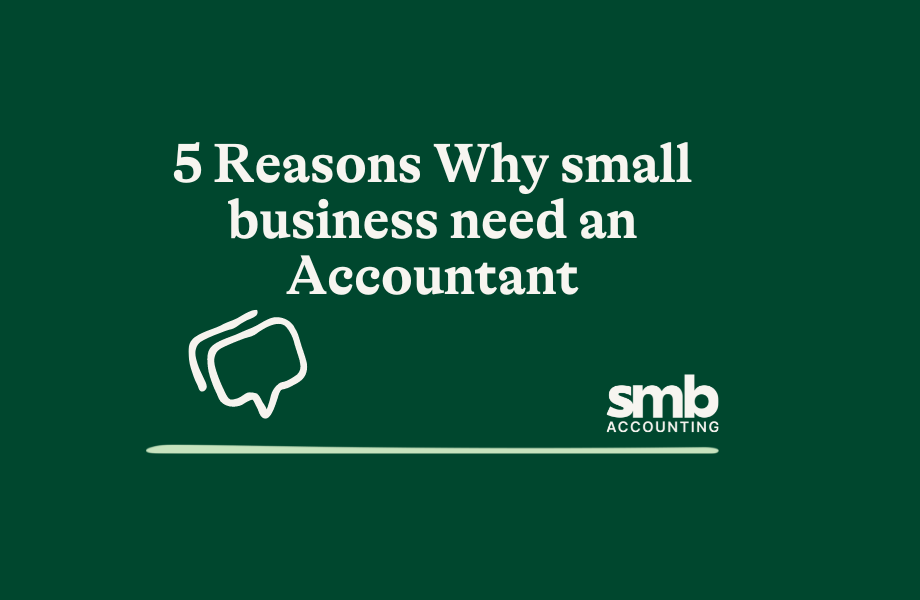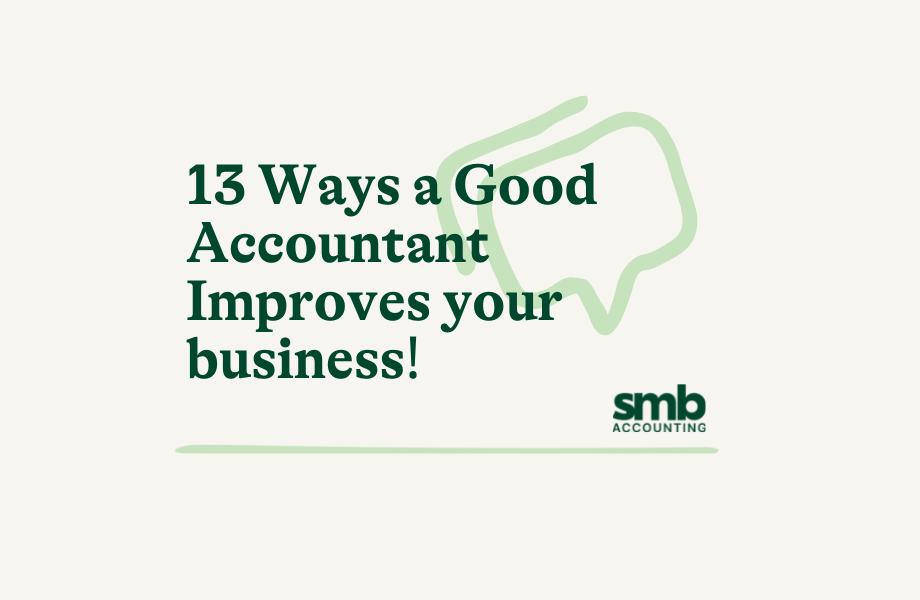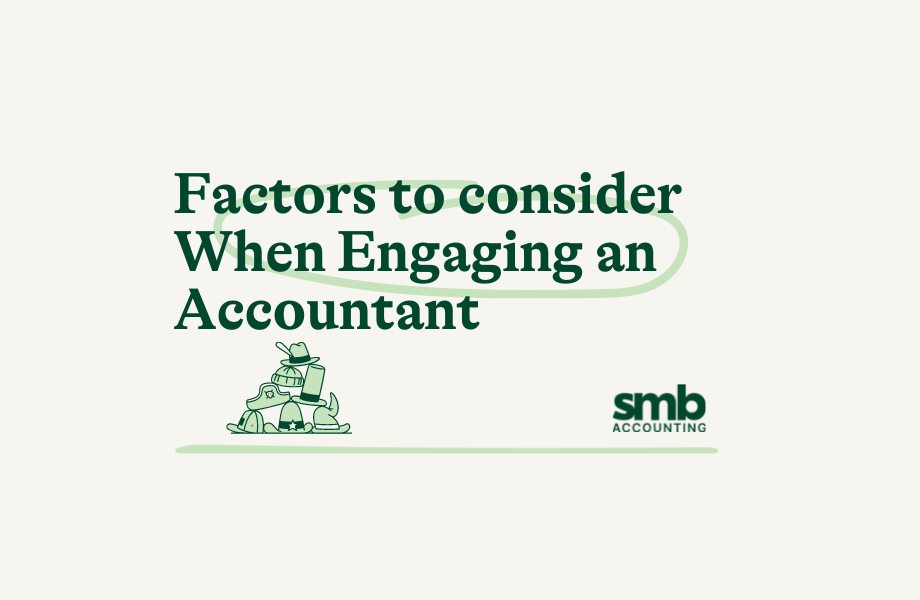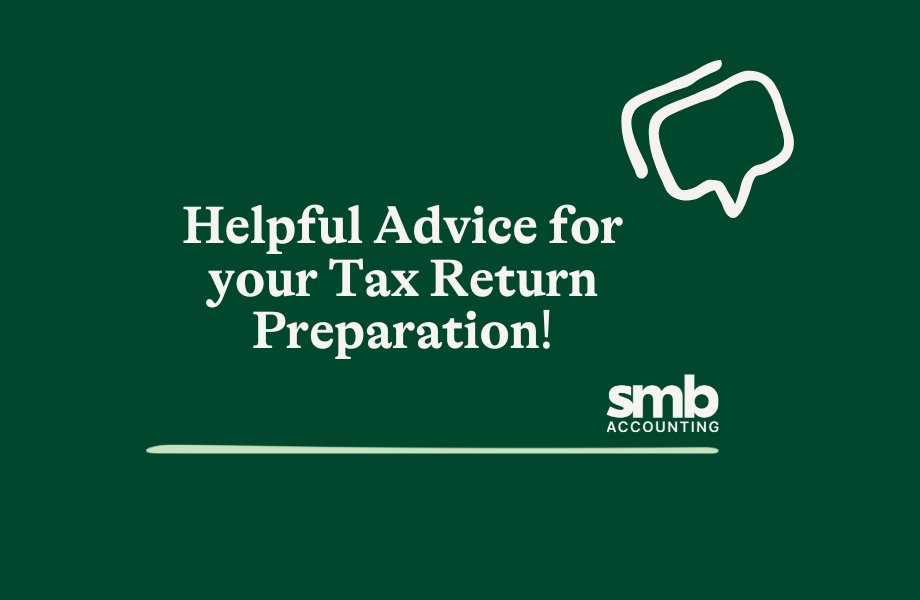When Should You Get an Audit For Your Business?
An audit is an important step for any business, regardless of size. A financial statement audit verifies correctness and adherence to rules and regulations by examining the financial statements independently.…










